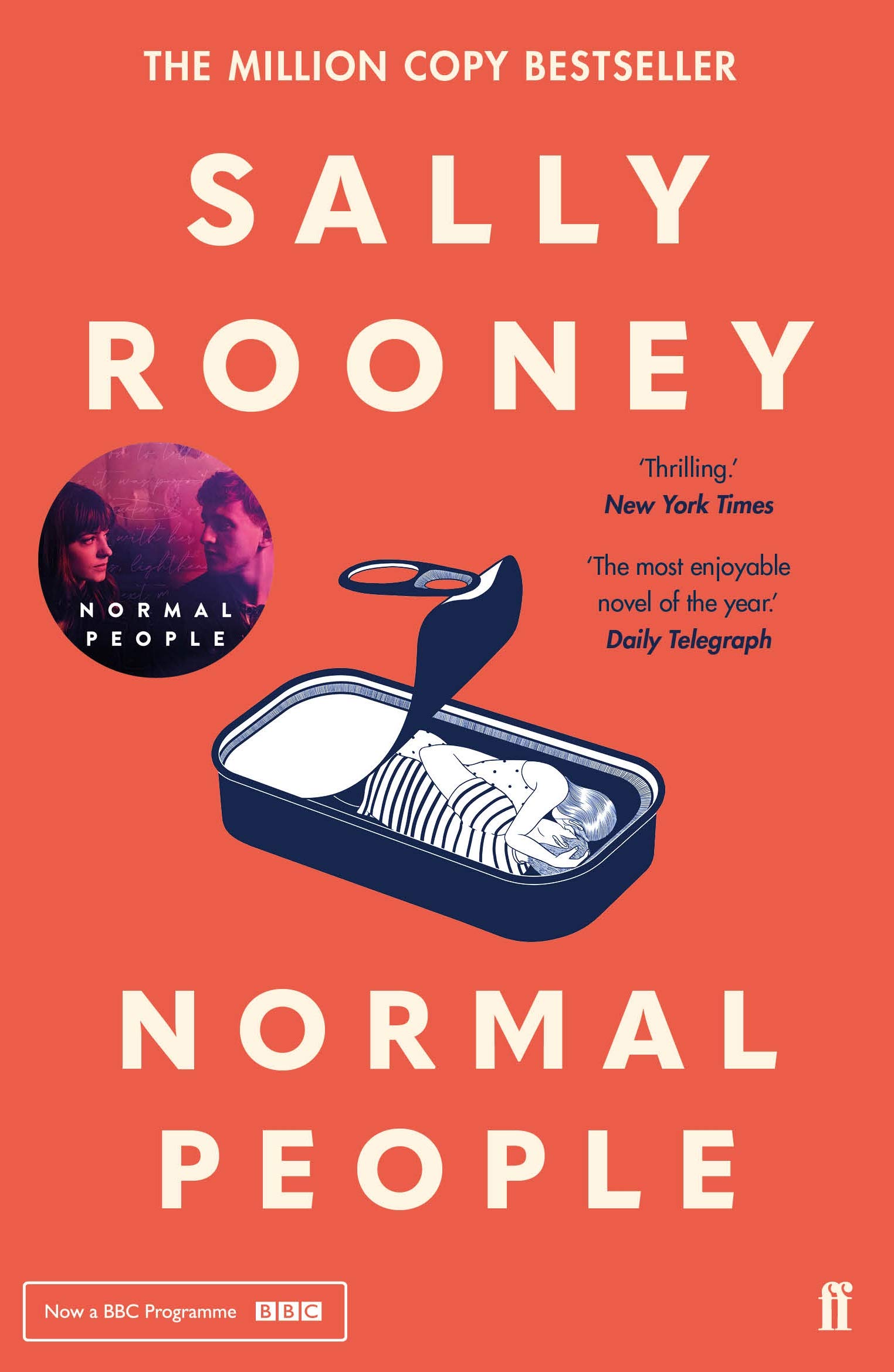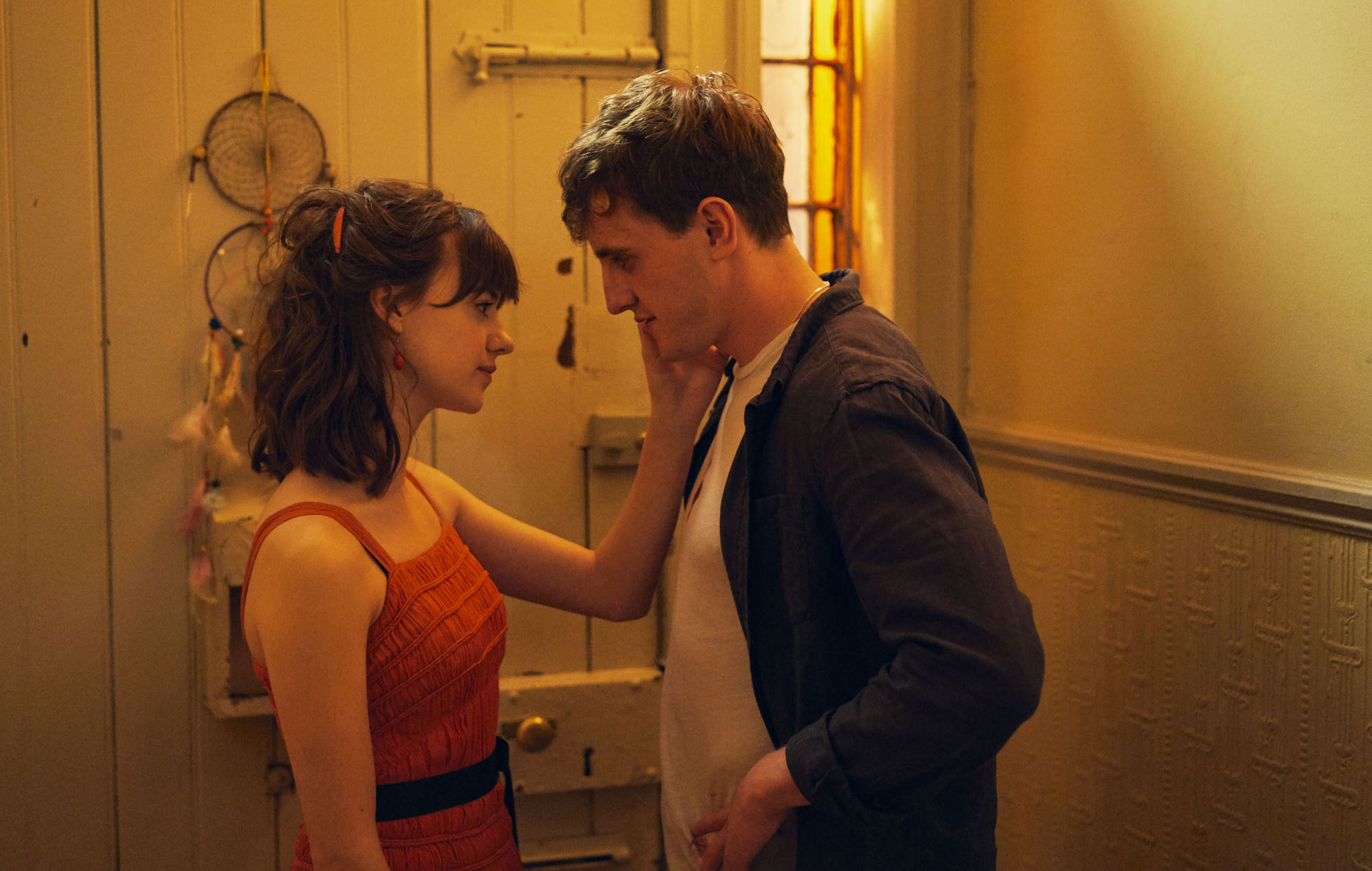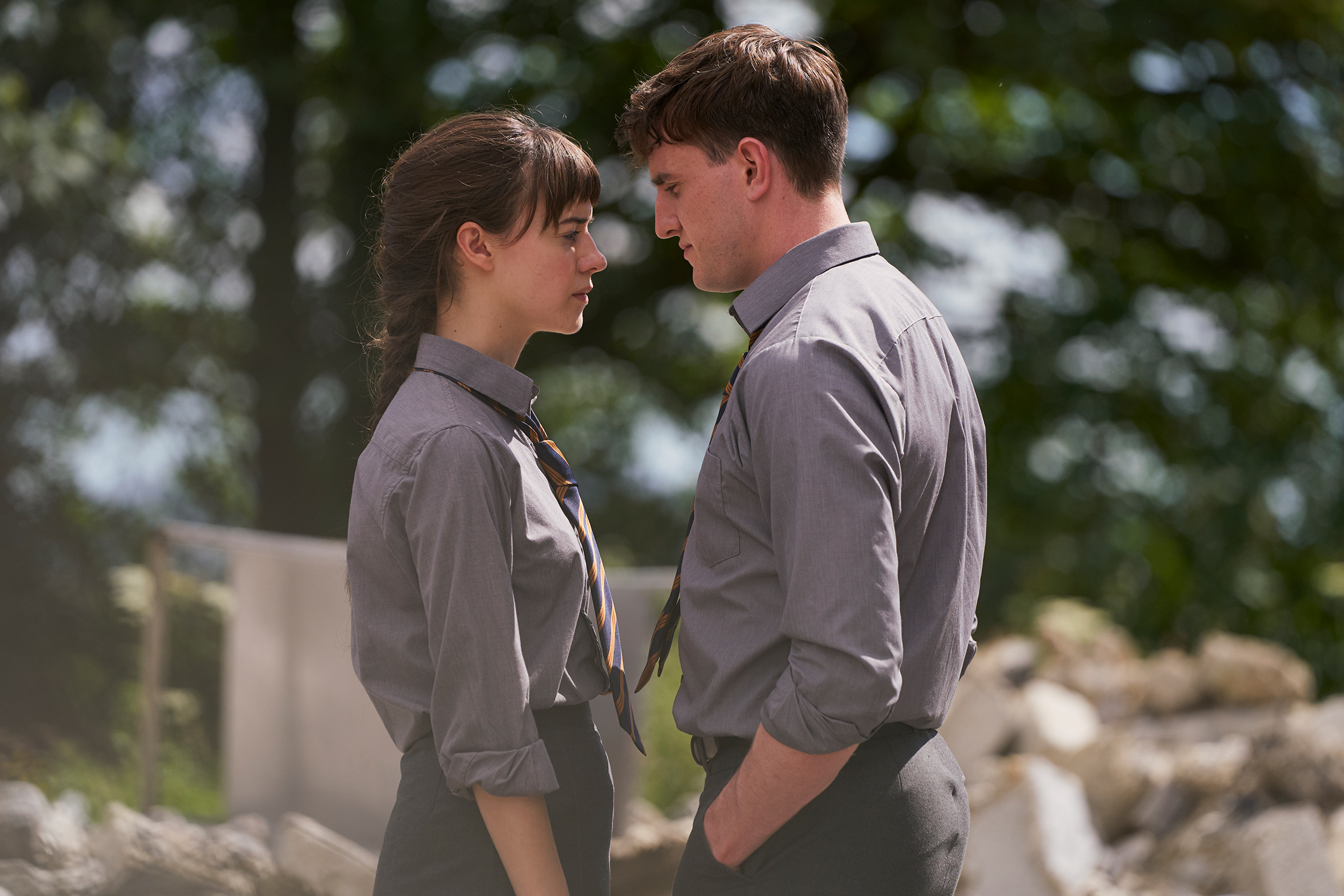Table of Contents Show
In April, Hulu released a television adaptation of Sally Rooney’s 2018 novel, Normal People. The series has become a massive hit for Hulu, particularly attracting interest from younger viewers. But the series’ largest viewer demographic, teens and high-schoolers, has stirred up some casual debate.
Are fifteen and sixteen-year-olds really able to grasp some of the series’ more adult themes? Even more pressing: should younger viewers be compelled to read a more graphic and in-depth novel? Can they fully understand its content? In this article, we’ll analyze how “young adult” Rooney’s novel and the Hulu adaptation are.
Differences Between The Show And The Book
Despite Rooney being involved in the writing and plotting of the Hulu adaptation, quite a few things have been altered in translation. Most notably, the viewer isn’t in the character’s head; there’s no narration. The novel gives a much more in-depth description of every scene as each section is told from the first-person perspective of either Marianne or Connell.
Without it, the show becomes blunter in terms of its execution. For example, Connell attempts to call Marianne and cries when she doesn’t pick up after he chooses to go to the Debs with Rachel. In the book, Connell states that he sends several texts to Marianne without her responding, but there is no emotional breakdown scene as shown in the television adaptation.

Another major difference on screen is the depiction of Marianne’s brother, Alan. Alan is noticeably less aggressive in the series. He is still vile, frequently degrading Marianne, and he still breaks her nose towards the climax. However, Alan, and even Marianne’s mother, treat her with much more hostility and hatred in the novel. The air is sucked out of the room whenever Marianne shares a scene with her abusive family in Rooney’s book.
But this dynamic is somewhat watered down in the show. Marianne’s mother, for instance, comes across as just mildly cold in the first few episodes. In the novel, Marianne’s mother is shown to have a short-fuse and becomes easily angered with her daughter. The difference is curious, but I would surmise that production wanted to mitigate the amount of physical violence enacted against Marianne, possibly with the consideration of its effect on younger viewers.
Does Normal People Qualify As YA?
If we are to adhere strictly to the definition of YA then yes, Normal People is about two teen-aged protagonists who become entwined in an emotional relationship drama. However, there is some push-back against this. First, only the early chapters of Normal People take place when the characters are still in high school. The rest of the novel revolves around Connell and Marianne’s experiences at Trinity College. This would still put the main characters in their teenage years, but college-focused YA is unusual and scarce.
Most YA material revolves around protagonists that are high school-aged, and usually closer to the fourteen-sixteen range. With this in mind, Normal People’s status as a YA novel is complicated. Normal People, the TV show, is noticeably more YA oriented. Not only does the show emphasize certain character’s juvenile behavior, like Rachel and Jamie, but the soundtrack also notably capitalizes on alternative/new wave music.

This seems like a minor detail; however, the novel’s obvious absence of music forces the reader to intently focus on the atmosphere created by the character’s thoughts. You are in their heads at all times, whereas in the show, the music adds a layer of theatricality that, while still resonant, seems less adult and somewhat less focused. In other words, the viewer doesn’t have to bear the emotional weight the characters constantly place on the reader.
The Potential For A Second Season
The reception to Normal People’s Hulu adaptation has been so positive, a second season is being pushed for by producers and fans alike (( NME.com )). Sally Rooney, however, is on the fence about this and understandably so. After all, there is no sequel to Normal People. It is a stand-alone novel and its ending signifies a realistic portrayal of how the first relationship between two people deeply invested in one another often ends. The ending to Normal People is not depressing, though it may not be happy, it is still quite open-ended. So why produce a second season?

The consistent answer seems to be that audiences want to see Marianne and Connell end up together, happy at last. To me, this indicates a lack of understanding of the book and possibly the show as well. Marianne and Connell are happy together numerous times throughout high school and college, some of the time even demonstrating a healthy relationship. Sally Rooney’s point is not to emphasize aspects of a positive relationship between two people, but rather to communicate larger ideas about how difficult relationships can be even when it seems obvious two people should be together.
If Marianne and Connell’s future were made unambiguous, aspects of the novel’s adult nature and adult themes would be lost. There is no one way of understanding the ending, but to claim that Connell and Marianne’s story is incomplete takes away from the mature, non-YA underbelly of the book. If a second season goes into production, this would further illustrate the ways in which the show has toned itself down to cater to the YA genre. This isn’t necessarily a bad thing, but it is a division line separating the two mediums the story is told through, the written method clearly prevailing as less YA.
Empathy vs. Experience
Normal People definitely focuses on adult themes for a novel that is branded as young adult. As a consequence of this, I wouldn’t recommend it to someone who hasn’t gone through their first serious relationship yet. Of course, reading a book is fun because you get to put yourself in the shoes of other characters and understand a point of view you might not normally consider.
However, some of Normal People’s themes such as sexual intimacy — including some detailing of dominant/submissive behavior, uncertainty in relationships, overcoming class differences, and possible co-dependency — may be confusing and subject to misinterpretation for younger readers. In contrast, the Normal People TV series actually makes some of the book’s themes less ambiguous by presenting them in a more blunt, linear way.

This is another big difference between the book and the show: the book often starts in one place in time, confusing the reader slightly, and then spends much of the chapter backtracking and explaining to the reader how the characters came to be in the present. The show avoids this time-jumping narrative style, choosing instead to tell a linear story. The concept works fine, but Connell’s ambivalence about his power over Marianne, for example, is explored much deeper in the book via a jumpy narrative. This difference is further exacerbated by the absence of the character’s inner narration in the show as well.
Why Young Readers Should Hold Off On Normal People
When I read Normal People it immediately commanded my full attention. I tore through the book in a few days, finding myself unable to put it down even when I decided to walk away from it. However, the book may come off as slow and tedious at times which may be discouraging for readers who are too young or haven’t experienced similar relationship turbulence.
The awkward silences, tension-filled back and forths, and overall amplitude may be lost on fourteen and fifteen-year-olds, YA’s target demographic. This is not to say that readers who haven’t had a relationship wouldn’t understand Normal People, but I’m inclined to think readers who have will get more out of the book and undoubtedly find it more relatable.

As a book that uses younger protagonists to tackle themes slightly above the YA age group, there is also considerably explicit content. Of course, high-schoolers can easily understand sex scenes and forms of verbal and physical abuse; however, Marianne’s response in handling this mistreatment may be hard to understand at any age. Undoubtedly, it would be highly problematic for younger readers to think abusive actions from Marianne’s brother, her boyfriend Jamie, or even the neglect Marianne initially receives from Connell are occasionally acceptable. For these reasons, Normal People falls slightly outside the range of YA and is more geared towards actual young adults as opposed to young teenagers.
Why Young Viewers Should Watch Hulu’s Normal People
It may seem antithetical to advocate for a simpler rendering of a complicated story, but I think younger viewers who are eager to learn Marianne and Connell’s story might benefit from watching the TV show first. The Hulu version is less complex than Rooney’s book because there are fewer elements to think about.

Complex issues are pondered less and are not as open-ended. For younger viewers, this may be more conducive to understanding major plot points. It is easy to visually see Marianne’s disgust and lack of interest in Lukas after he coerces her to pose in BDSM-oriented photos. It is easier to grasp Marianne’s unhealthy relationship with Jamie and it is even easier to see Marianne’s undying affection for Connell. For fans of the book, the show’s mitigation of complex themes is a bit of a letdown, but Normal People functions well as a TV show by appealing to a wide-ranging audience. By taking a considerable YA approach to relaying Marianne and Connell’s story, the show becomes considerably more YA.
So yes, the book and the show are divergent in terms of content even if they’re nearly identical in terms of plot. However, this is not a bad thing. By creating a slightly friendlier and more direct atmosphere, Hulu’s Normal People preserves major takeaways from Sally Rooney’s novel while also managing to broaden its target audience. As far as young adult entertainment goes, it’s something younger viewers can look forward to binging and understanding.
